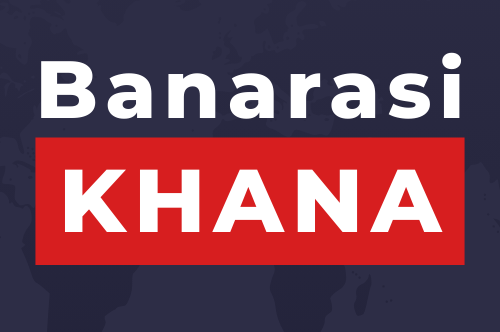In recent years, we have witnessed a significant shift in the way content is created and delivered, thanks to the rise of natural language generation (NLG) technology. NLG is a subfield of artificial intelligence (AI) that focuses on the transformation of structured data into human-readable text. This technology has transformed the way content is generated, leading to more personalized, relevant, and engaging content for users.
The use of NLG technology in content creation has been driven by the increasing demand for personalized and timely content. With the abundance of data available today, businesses are looking for ways to make sense of this data and turn it into actionable insights. NLG technology allows organizations to automatically generate content from raw data, such as financial reports, sales data, and other structured information, thereby enabling them to create and distribute content at scale.
One of the key drivers behind the rise of NLG technology is the need for businesses to meet the growing demand for personalized content. With the rise of digital marketing and e-commerce, consumers have come to expect personalized and relevant content that speaks directly to their needs and interests. NLG technology allows businesses to create personalized content tailored to each user’s preferences, behavior, and interactions with their brand, ultimately leading to higher engagement and conversion rates.
Furthermore, NLG technology has also enabled businesses to create hyper-localized content that is tailored to specific geographic locations. This is particularly important for businesses with a global presence, as it allows them to deliver relevant and timely content to users in different regions, thereby enhancing the overall customer experience.
In addition to personalized and localized content, NLG technology has also revolutionized the way information is consumed. With the rise of voice assistants and smart speakers, users are increasingly turning to spoken communication to interact with technology. NLG technology plays a crucial role in enabling these devices to understand and respond to natural language queries, thereby making the user experience more conversational and intuitive.
As AI-powered NLG technology continues to evolve, it is poised to shape the future of content creation in numerous ways. For instance, we can expect to see a greater emphasis on dynamic and adaptive content that changes in real-time based on user interactions and preferences. This will enable businesses to create content that is not only personalized and relevant but also interactive and dynamic, thereby enhancing the user experience.
Furthermore, we can expect to see NLG technology being used to create content in a wide range of formats, including audio, video, and virtual reality. This will enable businesses to deliver content in a more immersive and engaging manner, thereby capturing the attention and interest of users in new and innovative ways.
In conclusion, the rise of NLG technology is revolutionizing the way content is created and delivered, enabling businesses to create personalized, relevant, and engaging content at scale. As AI-powered NLG technology continues to evolve, we can expect to see a future where content creation is not only personalized and dynamic, but also interactive and immersive, thereby shaping the way we consume and interact with content.






